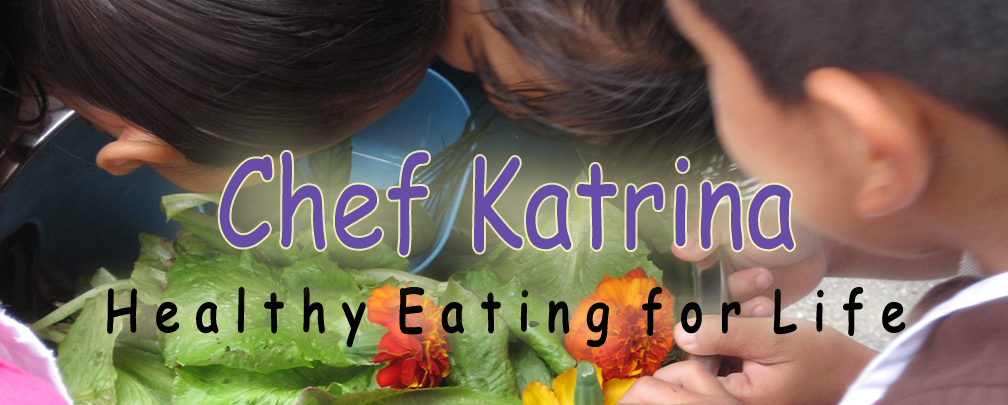I believe it is important for children to understand that applesauce also can be used as an ingredient—constructing their knowledge of the transforming of the apple into applesauce—into the apple muffins. Below is my recipe. Enjoy!
Apple Muffins
Yield 12 muffins
For the muffins:
1 cup Oats, thick rolled
1 ¼ cups Flour, all-purpose
¾ cup Sugar, granulated
2 teaspoons, Baking powder
1 cup Applesauce, class made
1 teaspoon vanilla, pure extract
4 tablespoons Milk, (you can substitute soy milk or rice milk if you have dairy allergies)
¼ cup Oil, canola organic
For the topping:
1 ½ tablespoons Sugar, brown
½ teaspoon Ground cinnamon
1. Preheat oven to 400 degrees F.
2. In a large glass bowl, together with the children, combine the oats, flour, sugar, baking powder, applesauce, vanilla, milk and organic canola oil in a large glass bowl. Stir until completely mixed—it will be quite thick.
3. Place the muffin tin liners into the muffin tins together with the children. Using an ice cream scoop (the kind with the lever) let the children place one scoop of the batter into each of the muffin cups. Each cup should be about three-quarters full.
4. Make the topping by combining brown sugar and cinnamon with fingers. Allow the toddlers to sprinkle the topping on to the tops of the scooped batter.
5. Bake for 15 minutes or until the toothpick comes out clean when inserted into the center of the muffins.
6. Cool, gobble them up!
 Thursday, October 20, 2011 at 11:00AM
Thursday, October 20, 2011 at 11:00AM 






